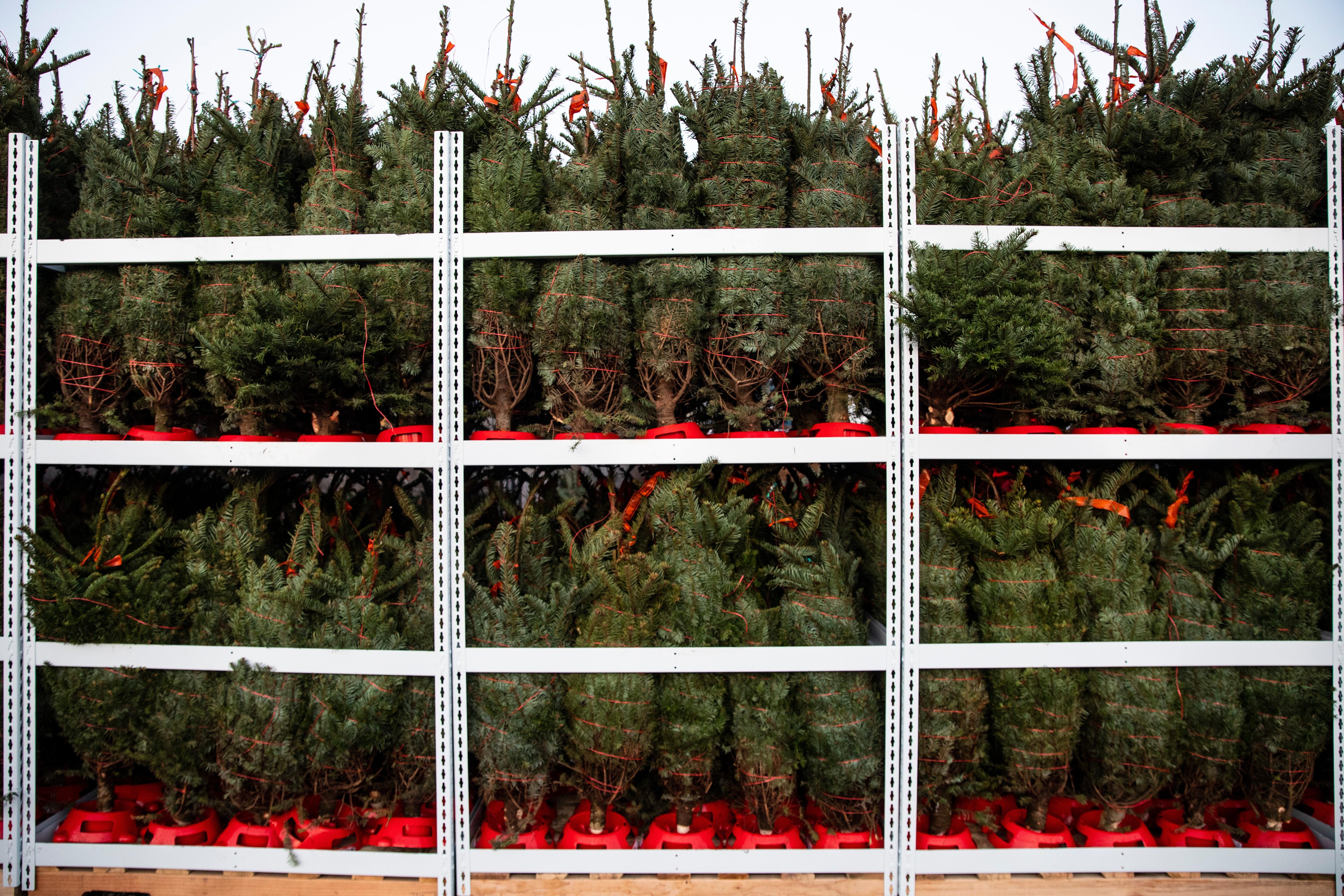Traditionally, most Christmas tree farmers in the southeast rely on rainfall to irrigate their plots.
But a prolonged drought, which resulted in more than 2 inches below-average precipitation for this time of year, has had a damaging impact on tree farms.
“I’m a second-generation Christmas tree farmer, so I've been doing this for 43 years, and we have never experienced anything like this,” said Michael May, owner of Lazy Acres Plantation in Chunky and former president of the Southern Christmas Tree Association.
“I planted around 1,000 trees back in January and I've probably lost 700 or more of them, which is tough because you can't go back and catch that year's growth. It takes about 4 to 5 years to get a tree that is 8 to 10 feet tall. So when you lose a year of growth, you go from selling 10-foot trees back to 8-foot trees, and it hurts quite significantly on the bottom line.”
He says exceptional drought conditions – the National Weather Service's most severe classification – have stunted growth for some trees and have killed many others.
But while growers like May have so far avoided raising prices this season to address potential shortfalls expected in the future, loss of several species of Christmas trees are widespread – especially in the southern portion of the state, where drought conditions have been the worst.
Jeff Wilson, an assistant professor of horticulture at Mississippi State University, says most farmers he’s spoken to have lost about half of what they were hoping to sell this holiday season.
“It definitely has affected 3 and 4-year-old trees much more than 1 and 2-year-old trees, which the 3 and 4-year-old trees are the ones that would be sold this year depending on the species,” he said. “So it's definitely affecting this year and probably next year as well, but hopefully not any further beyond that.”
With a range of $3 to $4 per seedling, those losses can be especially challenging to farmers due to the large scale and more mature trees it’s hitting.
Dating back to at least August 1, the prolonged and exceptional drought has challenged many established notions of dry conditions in the state: some rivers have run close to dry, and increasingly erratic and widespread wildfires have pushed resources and responders to the point of exhaustion.
But another unusual impact dealt by the drought has been which trees it impacts most.
“Generally in the landscape your more mature plants can withstand the drought better than your younger plants. But that has not been the case with Christmas trees, at least across Mississippi throughout this drought period. In my mind, that's unusual,” said Wilson.
“A lot of this is on top of the fact that we had a very hard freeze last December, which created a lot of damage for growers. And then we had another late freeze in March of this year, which created more damage. And so trees were already behind in many cases before the drought hit, and then when the drought hit, those that were already stressed from freeze damage, the drought just exacerbated that and increased that level of stress and caused more loss.”
Wilson said he expects more Christmas tree farmers to move toward fixed irrigation systems in the future.




